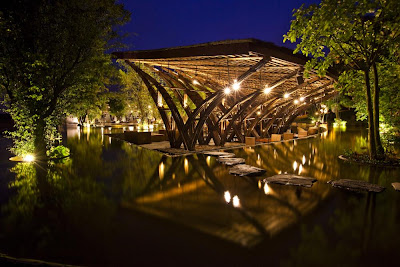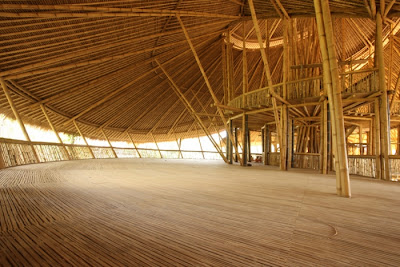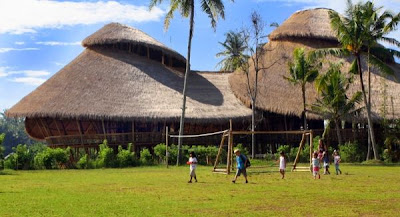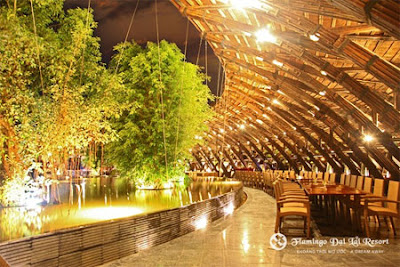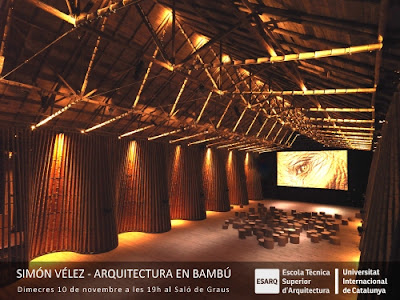I’m Chua Ji Haw, a student going through Interior
Architecture and Design course in KBU International College. As a Final Year
student of the mentioned course, I am assigned to conduct a study regarding the
public’s viewpoint of traditional building material, bamboo. Therefore, I wish
to carry out a survey to attain better understanding respecting Malaysians’ acceptance
of bamboo architecture. The following content consists of a set of questions,
in which I would like you to fill in to assist me in gathering information for
the dissertation. Your help and cooperation are much appreciated.
Section
A: Respondent’s information
This section of the questionnaire requires the
basic information of respondent. Please choose the appropriate answer for the
following questions.
1. Age:
A. Under 18
B. Between
18 and 24
C. Between 25 and 44
D. Between 45 and 64
E. 65 and upwards
2. Occupation:
A. Student
B. Academic
C. Professional
D. Business
E. Others
3. Education Level:
A. Secondary education
B. Tertiary education
Section
B: Questions Concerning Subject of Interest
This
section of the questionnaire requires the respondent to contribute his or her
opinion regarding the mentioned subject for information compilation purposes.
Please respond with the appropriate answers for the following questions.
4. Do you see bamboo as a potential building
material?
A. Yes
B. No
5. If you answered “No” for question 4, what are the
reasons behind your nonacceptance? (You can choose more
than 1 answer for this question)
A. Affordability
B. Safety
(strength)
C. Aesthetic
D. Prone
to insect attacks
6.
Knowing
the fact that employing bamboo is an environmental friendly measure of
construction, would that improve your impression about bamboo?
A. Yes
B. No
7.
A series of tests were carried out in Germany to test strength and durability
of bamboo, the results surpassed the required standards. Are you thence convinced
of its safety?
A. Yes
B. No
(Extracted from globalpost.com)
(Extracted from unimagined.typepad.com)
(Extracted from inhabitat.com)
8.
How do you rate the aesthetic of the architectures above?
A. Good
B. Moderate
C. Poor
9. These
architectures are in fact made of bamboo. If you answered “Good” or “Moderate” for
question 8, do you believe bamboo is capable of of making wondrous
architectures?
A. Yes
B. No
10. When bamboo
is planted locally, its price recedes by 3 times. Accompanied with its cooling
properties in tropical countries, it keeps energy consumption low. Does that
amount to heighten your confidence in its affordability?
A. Yes
A. Yes
B. No
11. Do you now
see bamboo as a potential building material?
A. Yes
B. No
-END OF QUESTIONNAIRE. THANK YOU FOR YOUR
COOPERATION-

